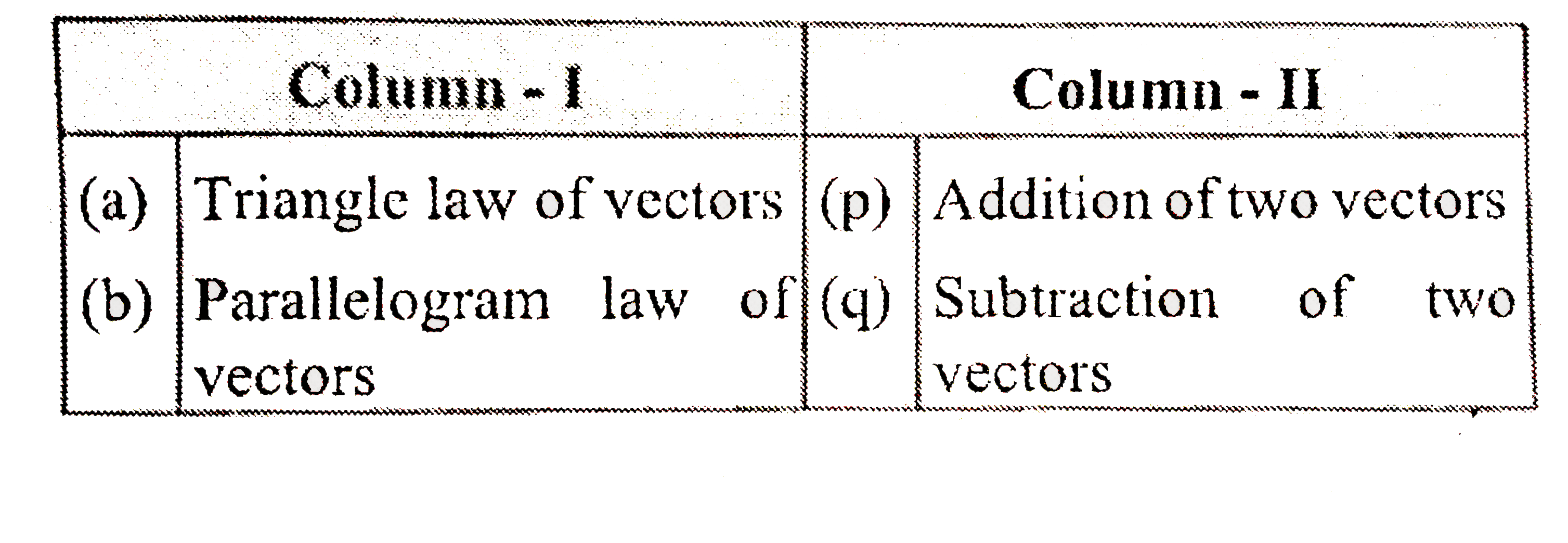Match the column :
Column IColumn II(i) Epiphyllous stamens(p) China rose(ii) Monoadelphous(q) Citrus(iii) Epipetalous stamens(r) Lily(iv) Polyadelphous(s) Brinjal
(i)−(r),(ii)−(s),(iii)−(p),(iv)−(q)
(i)−(q),(ii)−(s),(iii)−(p),(iv)−(r)
(i)−(q),(ii)−(p),(iii)−(s),(iv)−(r)
(i)−(r),(ii)−(p),(iii)−(s),(iv)−(q)
The correct Answer is:D
To solve the matching question between Column I and Column II, we need to understand the terms in Column I and find their corresponding examples in Column II. Let's break it down step by step.
Step 1: Understand the Terms in Column I
1. Epiphyllous stamens: This refers to stamens that are attached to the perianth (the collective term for the calyx and corolla).
- Example: Lily (R)
2. Monoadelphous: This term describes a condition where all the stamens are fused into a single bundle.
- Example: China rose (P)
3. Epipetalous stamens: This indicates that the stamens are attached to the petals of the flower.
- Example: Brinjal (S)
4. Polyadelphous: This refers to a condition where the stamens are grouped into two or more bundles.
- Example: Citrus (Q)
Step 2: Match Each Term to Its Example
Now that we have the definitions and examples, we can match them:
- (i) Epiphyllous stamens → (r) Lily
- (ii) Monoadelphous → (p) China rose
- (iii) Epipetalous stamens → (s) Brinjal
- (iv) Polyadelphous → (q) Citrus
Step 3: Write the Final Matches
1. (i) Epiphyllous stamens → (r) Lily
2. (ii) Monoadelphous → (p) China rose
3. (iii) Epipetalous stamens → (s) Brinjal
4. (iv) Polyadelphous → (q) Citrus
Final Answer
The correct matches are:
- (i) → (r)
- (ii) → (p)
- (iii) → (s)
- (iv) → (q)
This corresponds to option 4 in the provided question.
1. Epiphyllous stamens: This refers to stamens that are attached to the perianth (the collective term for the calyx and corolla).
- Example: Lily (R)
- Example: China rose (P)
- Example: Brinjal (S)
- Example: Citrus (Q)
Now that we have the definitions and examples, we can match them:
- (ii) Monoadelphous → (p) China rose
- (iii) Epipetalous stamens → (s) Brinjal
- (iv) Polyadelphous → (q) Citrus
1. (i) Epiphyllous stamens → (r) Lily
2. (ii) Monoadelphous → (p) China rose
3. (iii) Epipetalous stamens → (s) Brinjal
4. (iv) Polyadelphous → (q) Citrus
The correct matches are:
- (i) → (r)
- (ii) → (p)
- (iii) → (s)
- (iv) → (q)
Topper's Solved these Questions
Similar Questions
Knowledge Check
Match the column i with column II.
 AA-q,B-r, C-s,D-pBA-p, B-q, C-r, D-sCA-r, B-q, C-p, D-sDA-r, B-p, C-q, D-s
AA-q,B-r, C-s,D-pBA-p, B-q, C-r, D-sCA-r, B-q, C-p, D-sDA-r, B-p, C-q, D-s
Match the Column I with Column II

View SolutionMatch the column I and column II.

View SolutionMatch the Column I with Column II

View SolutionMatch the column I with Column II.

View SolutionMatch the Column-I with Column-II:

View SolutionMatch the column-I and column-II .


View SolutionMatch the column I with the column II

View Solution


